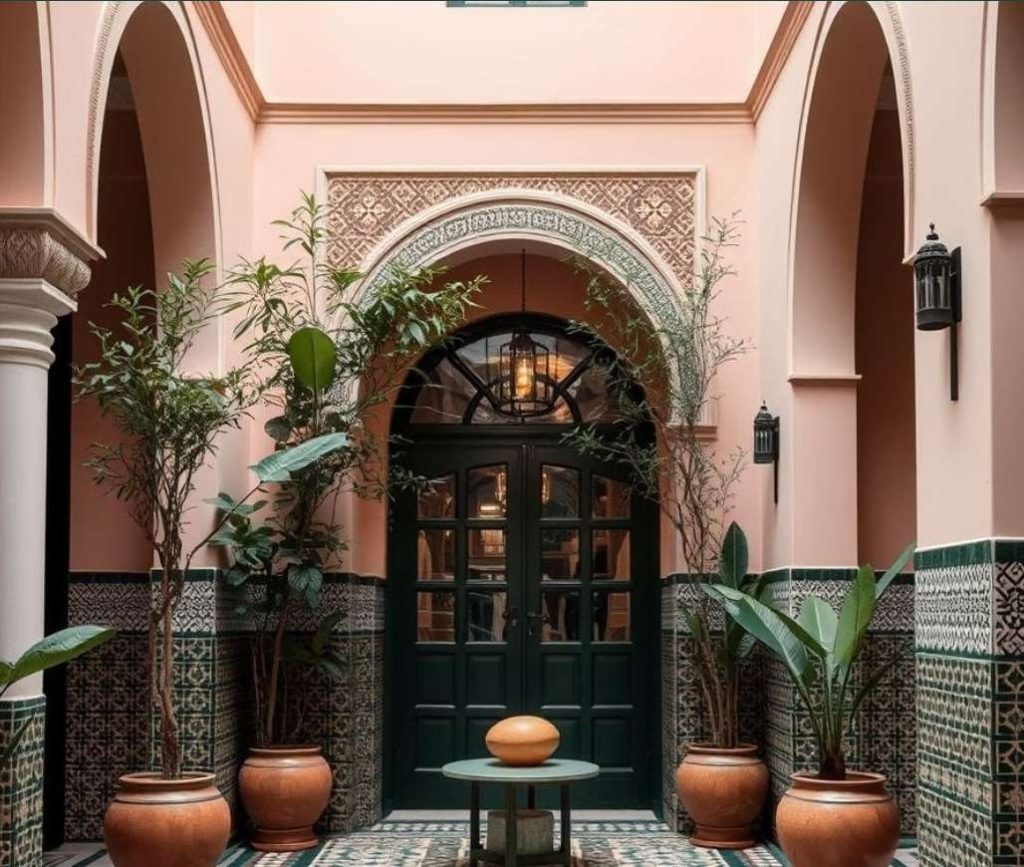Moroccan Tile: Art and Tradition
Moroccan tiles are one of the most prominent symbols of Morocco’s rich art and culture. Not only are they renowned for their beauty and variety of colors, they also have a deep and historical story behind them. In this article, we will explore the history, design, production, uses, and future of Moroccan tiles. With its long history, this art form is recognized as a cultural heritage not only in Morocco but also globally, and has had a profound impact on contemporary art and architecture.
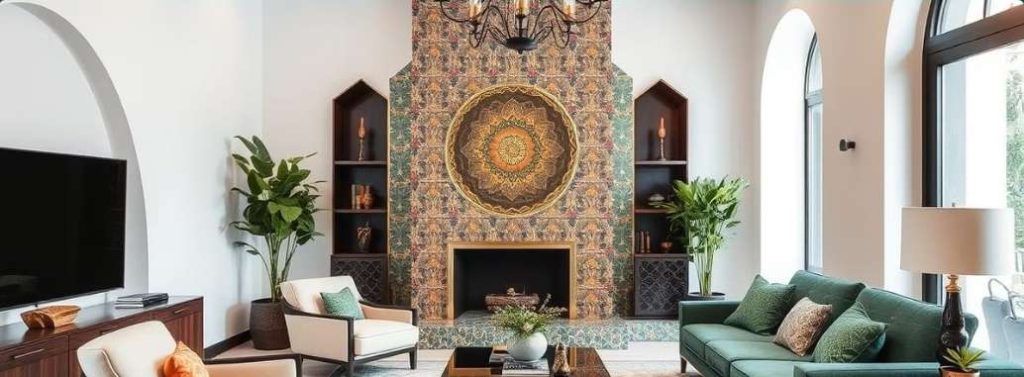
History of Moroccan tiles
Historical roots
Moroccan tile has deep roots in the country’s history. The art dates back to the Islamic era and has been influenced by various cultures, including Arabic, Berber, and Spanish. In the 8th century, with the spread of Islam and trade, new tile-making techniques were introduced to North Africa. These techniques allowed local artisans to create tiles with unique designs and colors using native materials.
The evolution of the art of tile making
In past centuries, Moroccan artists, using special techniques, produced tiles with intricate and beautiful patterns that were not only functional but also decorative. These tiles are recognized as a symbol of Moroccan cultural and artistic identity and have been used in mosques, palaces and historic houses. During the reigns of various dynasties, such as the Merynians and Saadians, the art of tile making reached its peak and unique works were created that can still be seen in Moroccan historical monuments.
Traditional design and colors
Geometric patterns
Moroccan tile designs typically feature geometric patterns and nature. These patterns represent the harmony and beauty in nature. With care and creativity, artists create intricate patterns, each with a specific meaning. These patterns are a symbol of Islamic philosophical thought and aesthetics, which refers to balance and harmony in life.
Variety of colors
Traditional colors such as blue, green, yellow, and red are used in these tiles, and each color has a specific symbol.
- Blue: symbolizes peace and the sky
- Green: symbol of life and nature
- Yellow: Symbol of happiness and hope
- Red: symbolizes love and energy
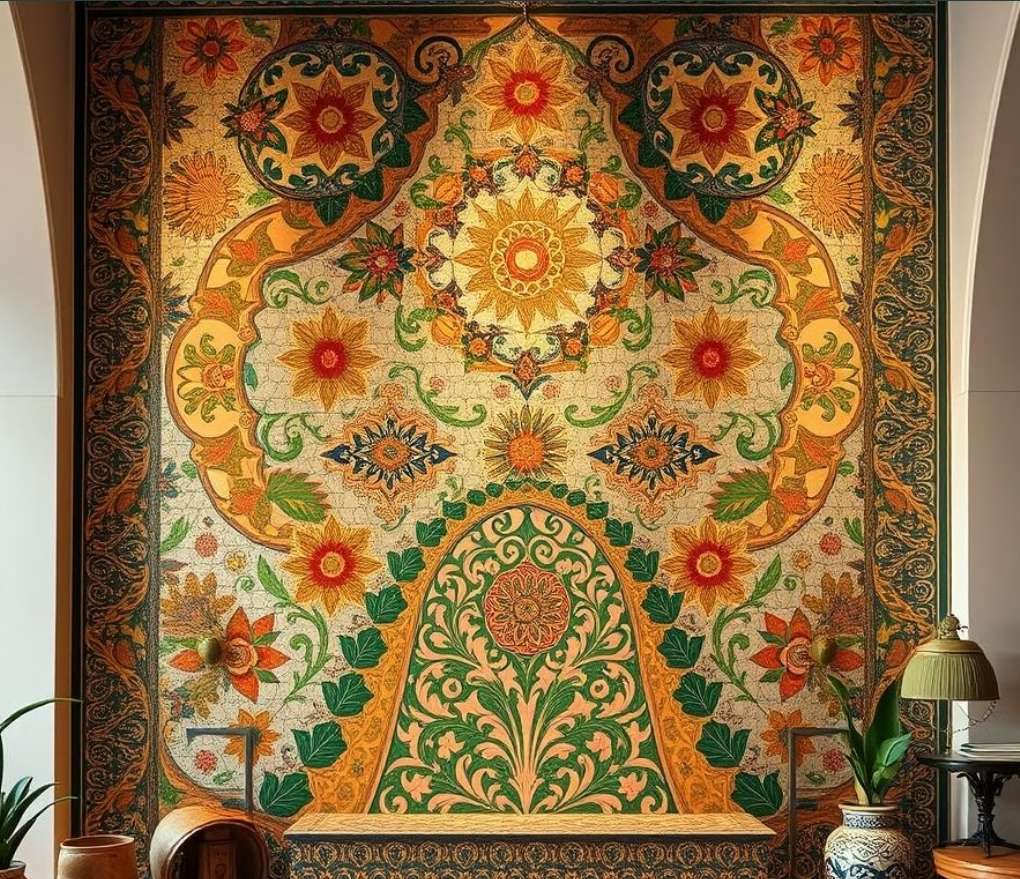
This variety of colors makes Moroccan tiles have a special and unique effect in any space. The use of natural colors and local raw materials in the production of these tiles gives them a special authenticity and beauty.
Tile adhesive suitable for Moroccan tiles
The importance of choosing the right adhesive
Choosing the right adhesive for installing Moroccan tiles is very important. Adhesives should be chosen in a way that can withstand the weight and special characteristics of the tiles and prevent them from being damaged.
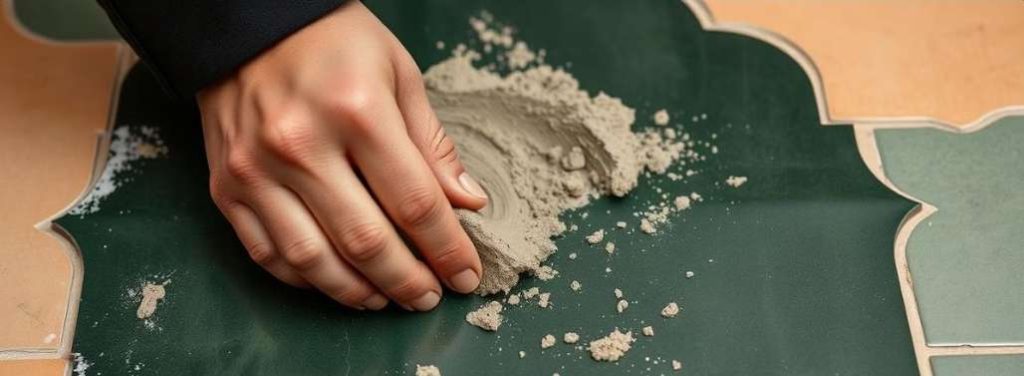
Suitable types of adhesives
- This type of adhesive is usually used to install heavy and large tiles.
- Powder adhesives are usually composed of cement and additives and turn into a paste after mixing with water.
- These adhesives are suitable for installing Moroccan tiles, which are usually thicker.
- This type of glue is ready to use and easy to use.
- Paste adhesives are usually used for installing lighter tiles and in interior spaces.
- Although these adhesives are easy to use, they may not be suitable for heavier tiles.
- This type of adhesive is specifically designed for installing porcelain tiles.
- Porcelain adhesives have high adhesion and can withstand the high pressure and weight of tiles well.
- This type of adhesive is an ideal option for installing Moroccan tiles, which are usually made of porcelain.
Important points in choosing glue
- Moisture resistance: If tiles are installed in wet spaces such as bathrooms or toilets, it is essential to choose an adhesive that is moisture resistant.
- Drying time: The drying time of the adhesive should also be considered. Some adhesives dry faster and this can affect installation time.
- Price and quality: Ultimately, it is important to choose an adhesive that is both quality and price-friendly. Using low-quality adhesives may lead to problems in the future.
Manual production of tiles
Production process
The production of Moroccan tiles is an artistic and time-consuming process. With great care and skill, artists mold clay into various shapes and then fire them in a kiln. This process requires expertise and experience, and each stage of production requires special care and attention.
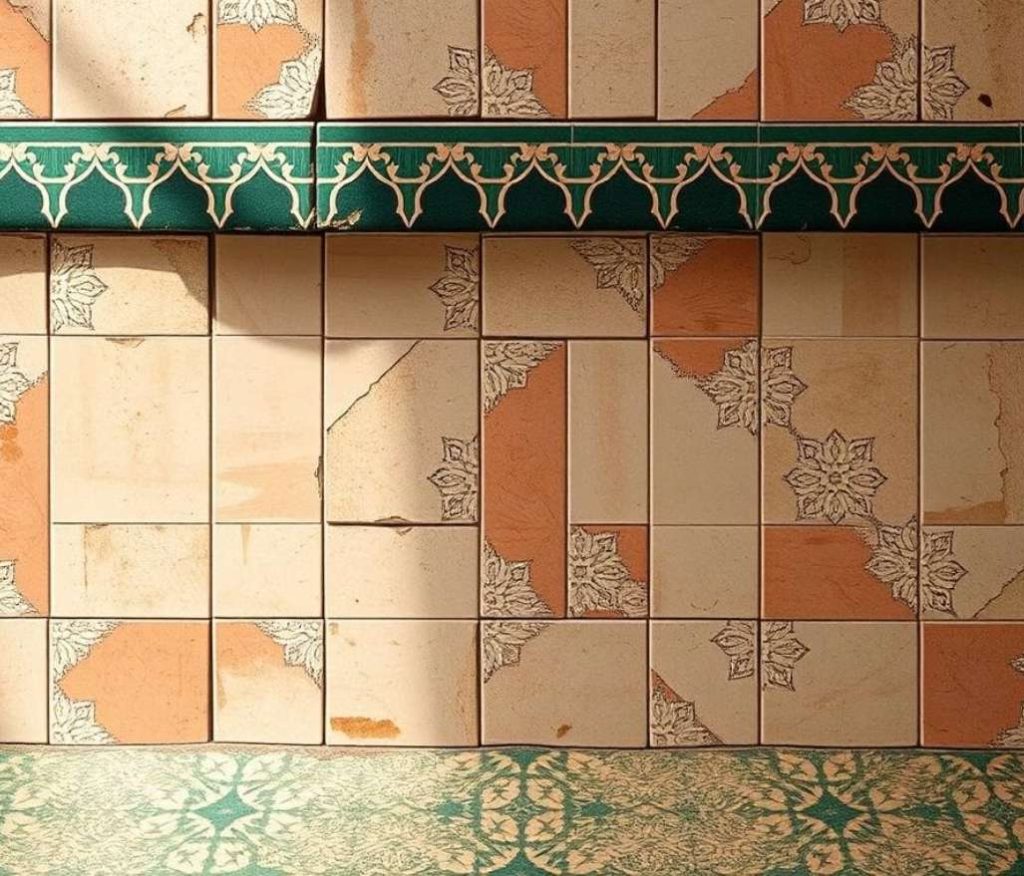
Production stages
1- Selecting raw materials: Artists first select the raw materials. Clay, pigments, and other materials must be of high quality so that the final tiles are beautiful and durable.
2- Molding: After preparing the materials, artists mold the clay into various shapes. This step requires precision and creativity to create the desired patterns correctly.
3- Firing: After molding, the tiles are transferred to the kiln. At this stage, the temperature and firing time are very important so that the tiles become well hardened and resistant.
4- Coloring: After firing, the tiles are colored. This step also requires precision and skill to ensure the colors blend properly and the patterns show through well.
Artistic value
This process not only requires precision, but the artist must be familiar with the painting and design techniques. Each tile is produced by hand, which makes each piece have its own unique characteristics. This artistic value makes Moroccan tiles recognized as works of art and sought after in global markets.
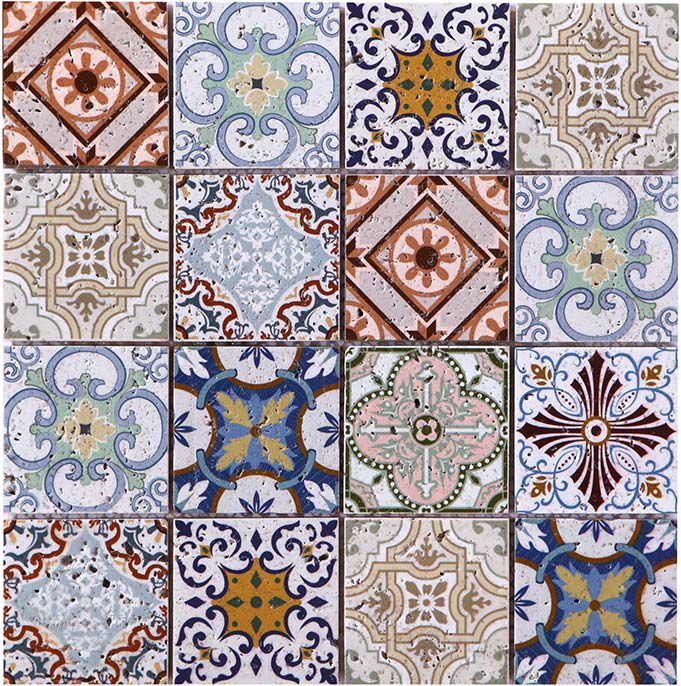
Various uses of Moroccan tiles
1- Interior decorations
Moroccan tiles are used in a variety of applications. From decorating walls and floors to being used in historic and modern buildings, these tiles are noted for their beauty and durability. In interior design, these tiles can be used as a main element in creating a pleasant and artistic space.
2- Exterior design
In addition to interior applications, Moroccan tiles are also used in exterior design. From courtyards and gardens to building facades, these tiles give a special and unique look to the space. The use of colorful tiles and diverse patterns on the facades of buildings makes these buildings easily memorable.
3- Use in public spaces
Moroccan tiles are also used in public spaces such as parks, squares, and cultural centers. As a decorative element, these tiles add beauty and charm to these spaces and create a pleasant atmosphere for visitors.
Marrakech, the world center of Moroccan tiles
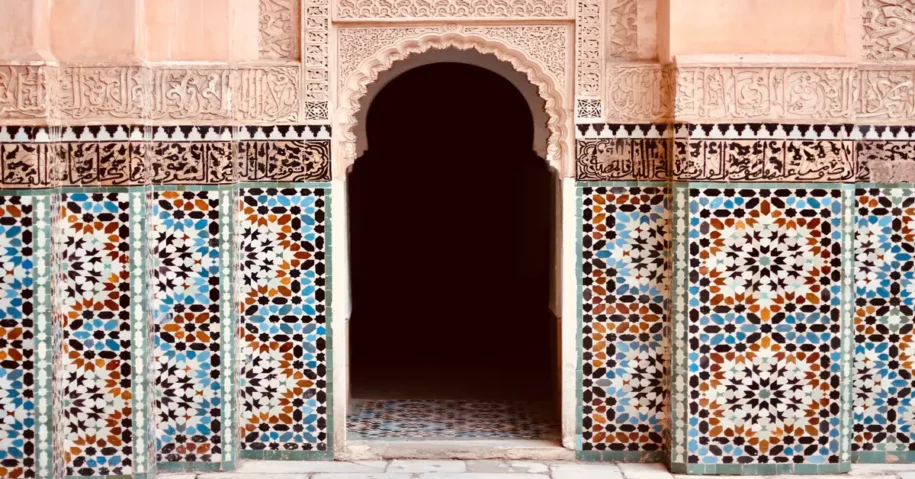
1- Important cities
Morocco is known as the world center of Moroccan tile production. Cities like Fez and Marrakech, with traditional workshops and skilled artists, pass on this art to future generations. In these cities, tile production workshops are run by families and the artists continue this art with love and passion.
2- Local markets
The local markets are filled with beautiful and diverse tiles, each with a story to tell. Tourists and art lovers from all over the world travel to Morocco to experience this art up close and purchase unique works of art. These markets are not only places to buy and sell, but also act as cultural centers, where artists can share their experiences and techniques with each other.
The Future of Moroccan Tile: Preserving Heritage and Innovating
Challenges and opportunities
The future of Moroccan tile depends on preserving its cultural heritage while innovating in design and production. Given modern changes and new needs, Moroccan artists must find ways to combine tradition and modernity. These challenges can be used as opportunities for the growth and development of this art.
Preserving heritage
This can include the use of new technologies in production and design, while still respecting traditional principles and values. Preserving this art as a cultural heritage is important not only for Morocco, but for all of humanity. By educating young people and creating workshops, this art can be passed on to future generations and prevented from being forgotten.
Innovation in design
Also, using modern and creative designs can help attract a new generation of customers. By combining traditional patterns and colors with contemporary designs, artists can create new and attractive works that not only respect local culture, but also succeed in global markets.
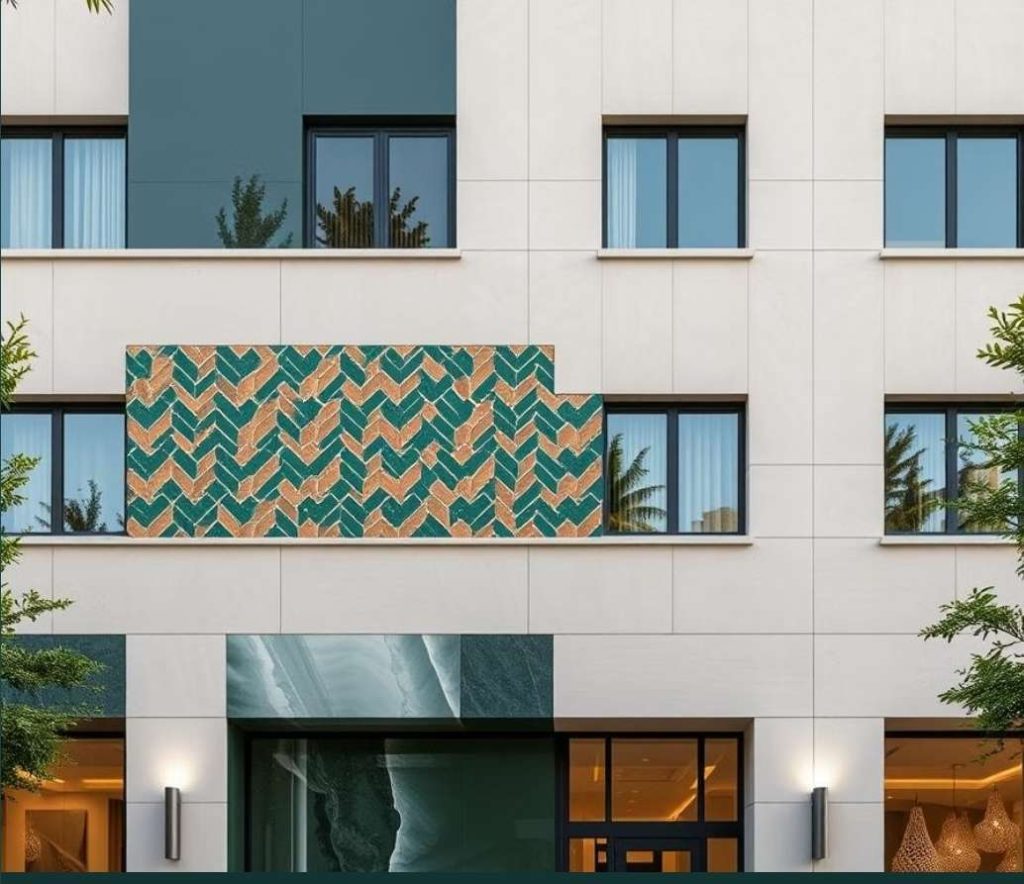
Conclusion
As a result, Moroccan tiles, as a cultural and artistic symbol, have a rich and historical story in their hearts. With their beautiful designs, hand-made production and diverse uses, these tiles not only bring beauty to spaces, but also preserve the cultural heritage of Morocco. The future of Moroccan tiles lies in the hands of artists and designers who must continue to innovate and develop this art while respecting tradition. This art can serve as a source of inspiration for contemporary designers around the world and help spread Moroccan culture internationally.
